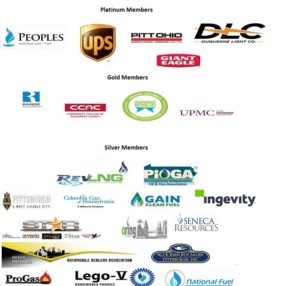Answer:
Heavy-duty vehicle idling, or running a vehicle’s engine while it is not in motion, occurs for a number of reasons, including temperature control during required rest stops, powering electronic equipment, and to avoid cold starting the vehicle. According to Argonne National Laboratory (Argonne), more than 6 billion gallons of diesel and gasoline fuel are wasted by vehicle engine idling—with half from medium- and heavy-duty vehicles alone. Argonne estimated that a heavy-duty long-haul truck generally idles around 6 hours per day, or 1,830 hours per year. Not only does this wasted fuel cost more than $20 billion a year, but it also results in increased emissions of air pollutants, such as oxides of nitrogen, carbon monoxide, and particulate matter. This is particularly an issue for school buses, as these emissions can have harmful health impacts on children. A number of states, counties, and municipalities have implemented vehicle idling restrictions and regulations to address this issue.
Idle reduction technologies afford drivers with the same comforts and services offered by engine idling, but are much more fuel efficient. The U.S. Environmental Protection Agency’s (EPA) SmartWay Program and the U.S. Department of Energy (DOE) have evaluated a number of idle reduction technologies for heavy-duty vehicles to identify their fuel reduction benefits. There are two main categories of idle reduction technology: onboard equipment and truck stop electrification (TSE) sites.
Onboard Idle Reduction Equipment
Onboard idle reduction equipment is installed directly on the vehicle. This technology can help reduce idle time at any location, including roadsides, delivery sites, and truck stops. Examples include auxiliary power units (APUs), which are small diesel-powered generators that provide power for temperature control systems and electronic devices, and coolant heaters, which keep the vehicle’s engine warm to avoid cold starting. Other technologies include cab or bunk heaters, engine recovery systems, storage air conditioners, and automatic engine stop-start controls.

